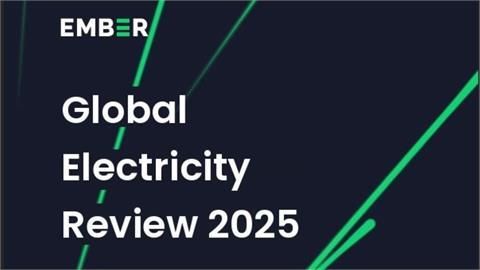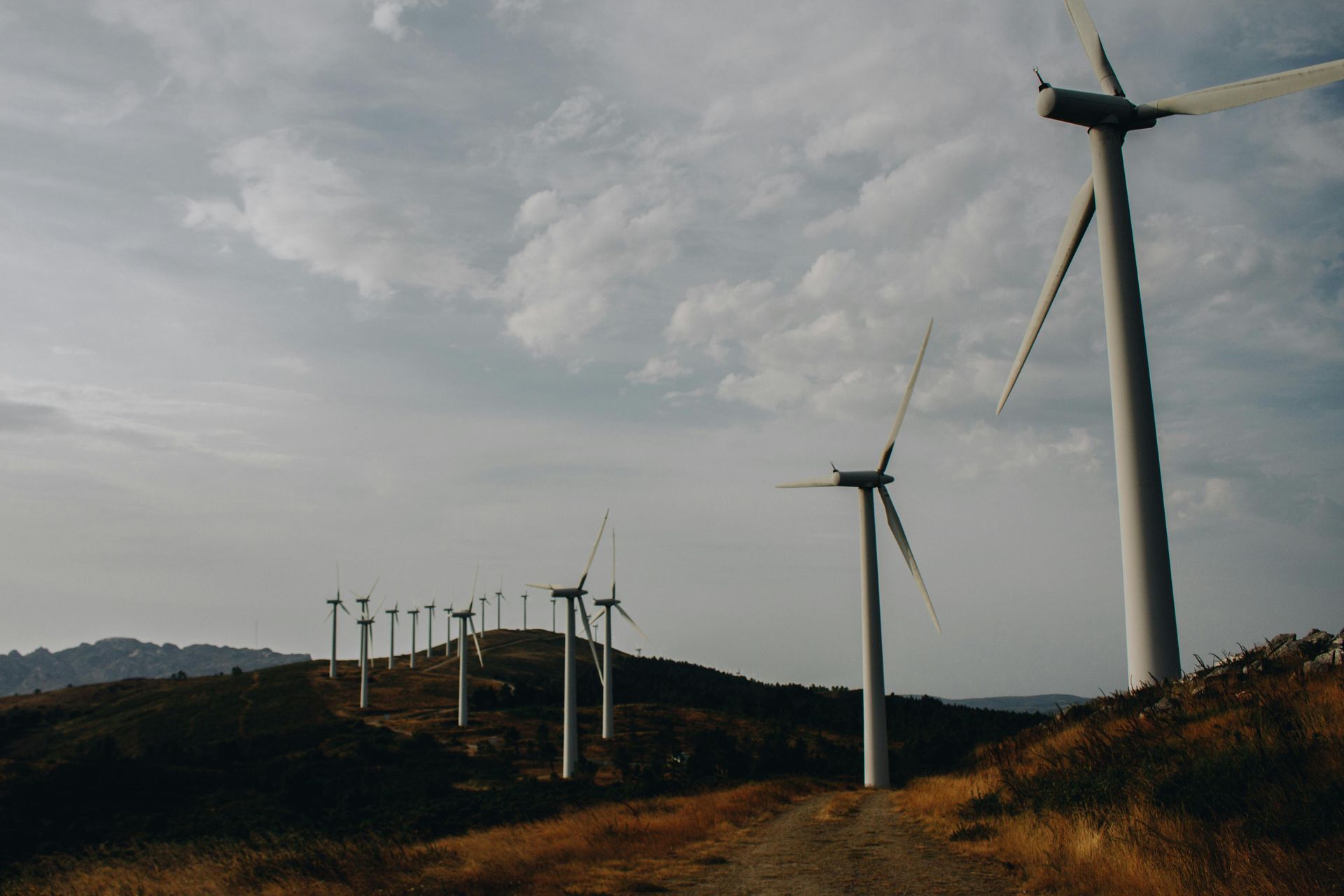Tala Wihbe
Behind the Meter Vs Infront of the Meter
Behind-the-meter Vs In-front-of –the-meter: Why the Future of Renewables needs both
If you're working in renewables right now first of all, hats off to you. Whether you're pitching solar solutions to commercial clients or helping integrate 300 MW wind farms into the grid, you’re part of one of the most exciting transformations Australia has ever seen.
But there’s a conversation I’ve been having a lot lately with candidates and clients alike:
“Where’s the real growth happening, small-scale or large-scale renewables?”
So, let’s break it down:
Behind the Meter: Fast, Flexible, and Full of Commercial Potential
Rooftop solar, batteries, and EVs are the quiet achievers of the clean energy transition. We now have over 3.7 million rooftop solar systems installed across Australia and that number keeps climbing.
The C&I sector is also charging ahead, with businesses investing in energy independence, cost savings, and sustainability. From retail chains to industrial parks, behind-the-meter tech is becoming a strategic asset.
- It’s tangible: you can literally see the panels on your roof or drive your own energy source, and see batteries in your building.
- It’s cost-effective: for households and businesses, solar + battery setups can pay themselves off in under 5 years.
- It’s quick to deploy: no multi-year approval processes, just smart deployment.
And commercially? It’s a goldmine. We’re seeing
rising demand for professionals who can:
• Sell and scope tailored solar + battery solutions for C&I clients
• Build strategic partnerships with energy retailers, tech providers, and installers
• Navigate PPAs, leasing models, and financing structures
• Drive VPP participation and unlock new revenue streams for clients
We're also seeing rapid growth in EV charging infrastructure, virtual power plants (VPPs), and behind-the-meter tech. For recruiters like us, this also means increased demand for:
- Solar installers
- Battery technicians
- EV infrastructure engineers
- Customer experience and product support roles for clean tech companies
Large-Scale Projects: Big Impact, Big Challenges
On the flip side large-scale wind, solar, and storage projects are the backbone of Australia’s clean energy future. These mega-generators power cities, decarbonise heavy industry, and support grid reliability.
Projects like:
- Goyder South Stage 1 Wind Farm (SA) – 75 turbines, 412 MW
- Western Downs Green Power Hub (QLD) – the largest solar farm in Australia
- Snowy 2.0 and other pumped hydro projects
They make headlines and rightly so. These big builds are critical for decarbonising heavy industry, replacing coal baseload, and supporting grid reliability. But they also face:
- Long development timelines
- Transmission bottlenecks
- Community resistance
- Significant skills shortages in project delivery, environmental approvals, and grid integration
Why We Need Both And Why That’s Good for Your Career
Here's the truth: we don’t have the luxury of choosing one or the other.
Australia’s energy mix is shifting fast, and the smartest thing we can do is build a resilient, multi-layered system:
- Behind-the-meter tech empowers communities and businesses
- Large-scale renewables drive economy-wide decarbonisation and power industry.
· EVs and VPPs bridge the gap, shifting demand and supporting the grid in real time
From a recruitment perspective, this dual growth means opportunity across the entire ecosystem from field-based technicians to power systems engineers, product designers, policy advisors, and commercial professionals who can connect the dots between technology, clients, and market strategy.
So Where Should You Focus?
That depends on where you want to grow. Ask yourself:
- Do you thrive in fast-moving, agile environments? Small-scale tech might be your thing.
- Prefer complex, large-scale engineering puzzles? Grid-scale renewables will keep you challenged.
- Want to shape the big picture? Policy, grid design, business development, and community engagement are key growth areas.
- Want to shape the future of energy markets? VPPs, EVs, and smart energy platforms are exploding with potential.
Whatever your answer, there’s no wrong path because the sector needs all of us.
Find the right step for your career
At Enemix Group, we talk to professionals across the spectrum from startups to utility-scale developers and the one constant we see is this: renewables are booming, but only when we balance the small and the large.
If you're in the sector and thinking about your next step or just curious where things are heading let’s chat.
👋 Connect with me or drop a message. I’d love to hear where you see the most potential and how we can help you get there.










